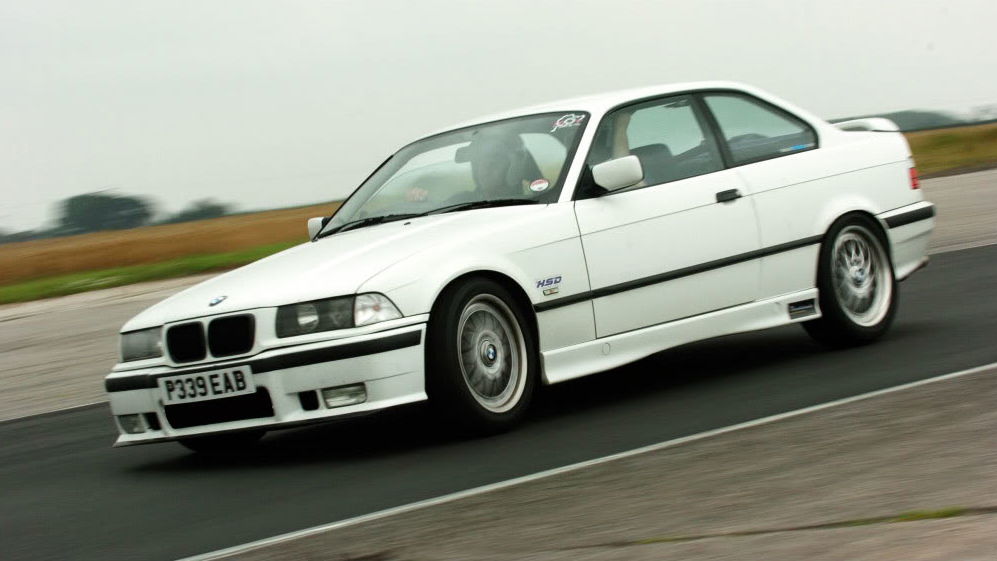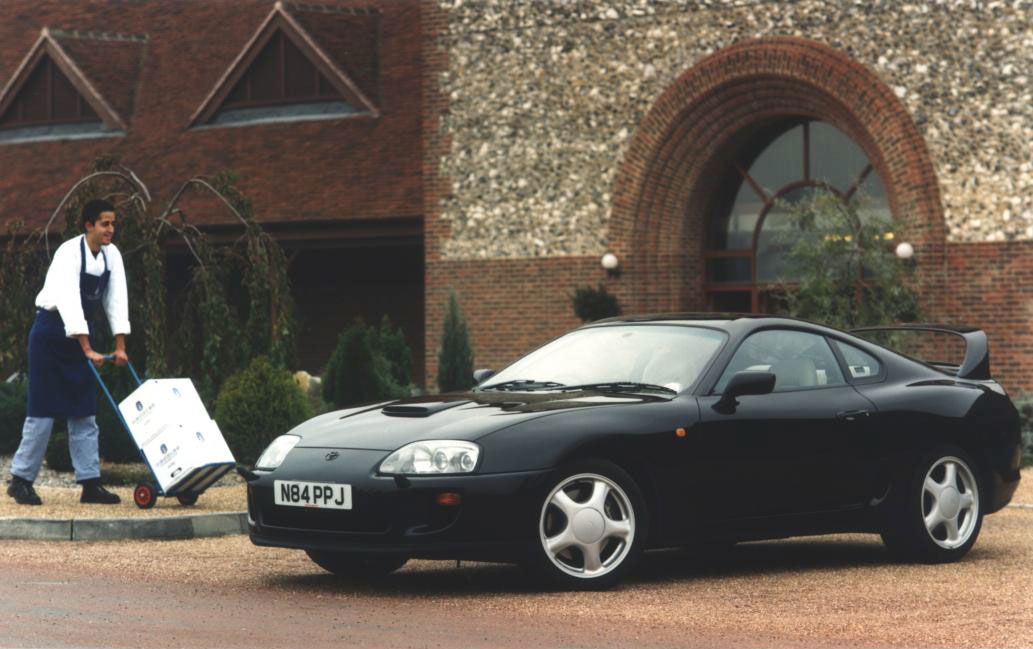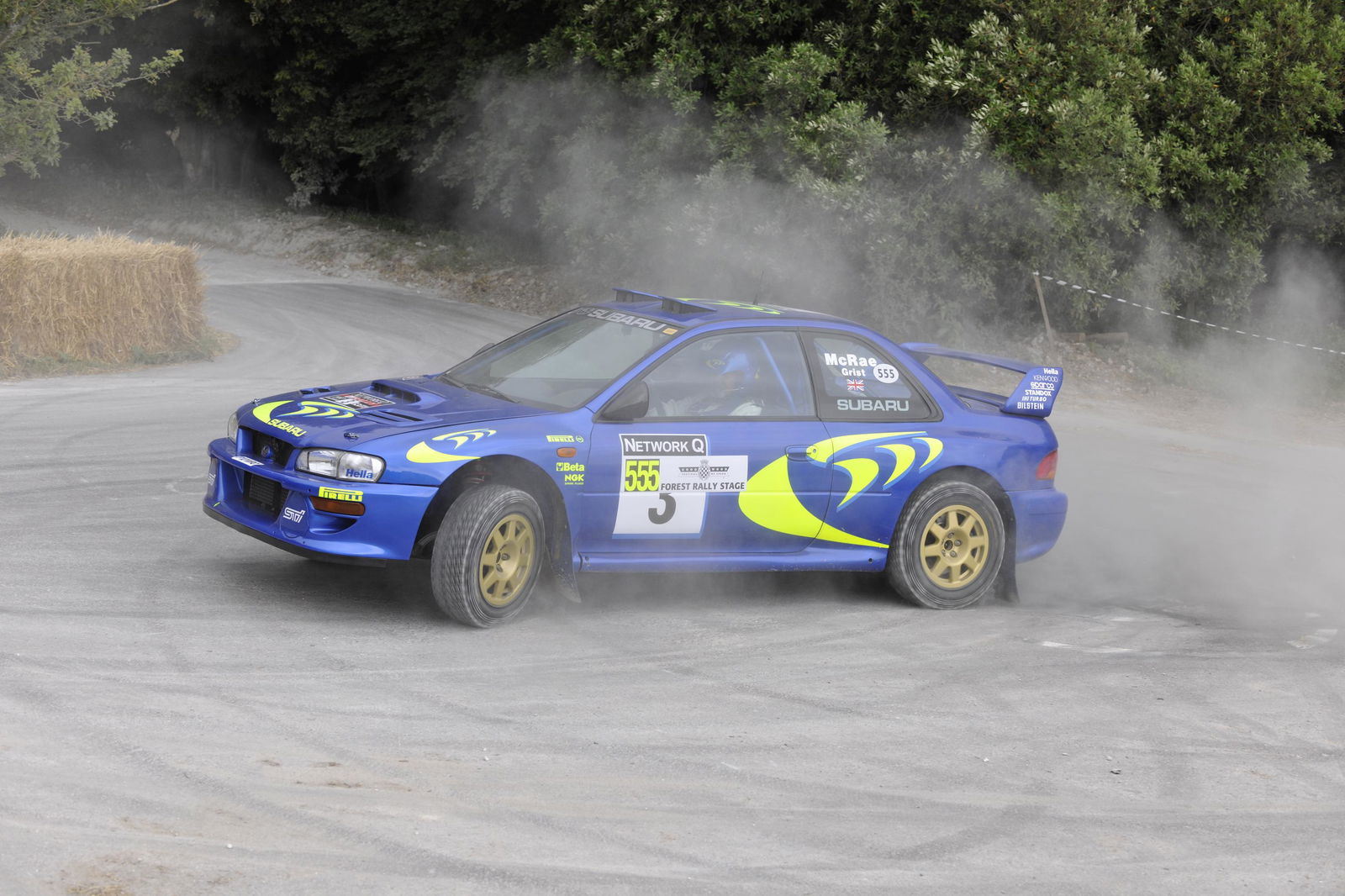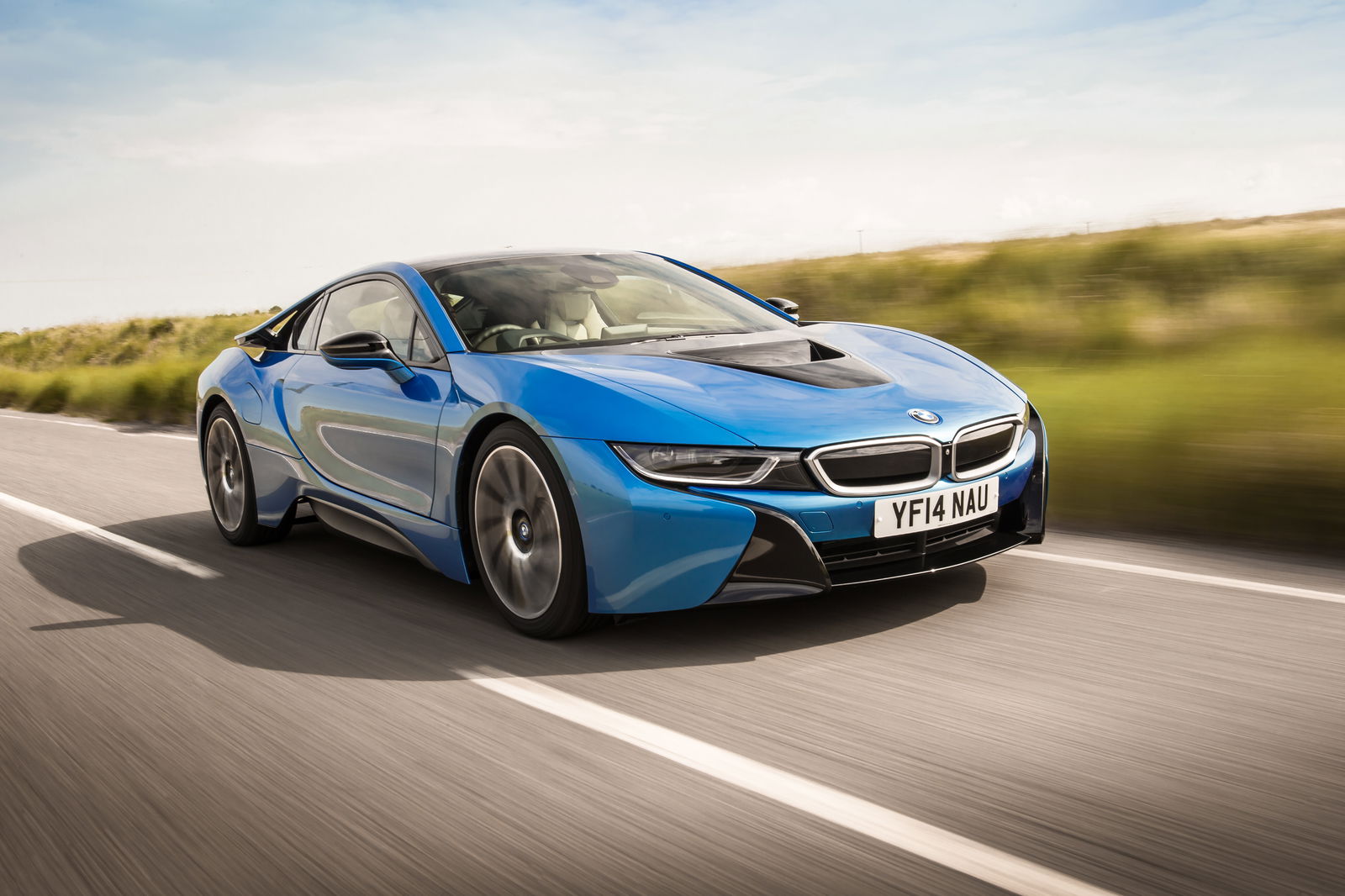Why 90s Performance Cars Are About To Skyrocket In Value

The modern performance car scene is at a strange point. On the one hand, we have the most technologically advanced machines the planet has ever witnessed, yet on the other hand, we have enthusiasts complaining that performance weaponry of today provides arguably the least engaging driving experience of any generation.
So why is that? Simply put, the technology that is contributing to those jaw-dropping power figures and Nurburgring lap times is only serving to further detach the driver from the actual experience of driving. Whether it’s electric power steering removing steering feel, or the multitude of safety systems that are required of new cars adding unwanted weight, it seems scientific progress is at the detriment of a petrolhead’s enjoyment.

So what’s this got to do with the value of cars from the 90s? Well, quite a lot, actually. Modern cars leave you feeling a little detached, and early 2000s cars tend to be a bit hit and miss, often featuring exciting new technologies that hadn’t quite been perfected yet, and with bloating safety equipment beginning to creep in. That leaves the 90s as, arguably, the Goldilocks moment for motoring - mechanical technology had advanced enough to provide us with fast, exciting vehicles that were still lightweight enough to be fun. Oh, and 90s vehicles don’t feature the complex electrical systems that are so prevalent today.
In the world of the BMW M3, the two cars that tend to get all the headlines are the original E30 and the gorgeous E46. The E30 is already a bona fide classic, and E46 values are only going up, but the unsung hero is the E36. It’s the first of the straight-six M3s and advances the E30’s tech massively, without being quite as intimidating to drive as its well sorted successor.
And it’s not just on the Euro front. You only have to look at the fact that Honda is bringing back the NSX, a car originally introduced in 1990 that remained largely unchanged through its 15 year life cycle, and the fact that Toyota is kind of riffing off the old Supra with its new BMW sports car collaboration, to see that nostalgia for the 90s is alive and well. As an ardent Japanese car guy, the most exciting the scene got for me was when the likes of Nissan and Toyota were pushing their own rear-wheel drive sports car limits, and the Subaru Impreza versus Mitsubishi Lancer Evolution battle saw its beginning.

It was a time of exciting innovation that actually sees a lot of parallels with the newest generation of performance cars, however the difference between then and now is that today’s innovation is in the invisible witchcraft of electronics, whereas the 90s saw innovation in mechanical technology. So it’s not just the fact that driving the car is more rewarding, 90s cars are suddenly desirable because their innovations are visible. Enthusiasts can see what makes their car tick, and can get their hands dirty fixing and improving them.
I’m no technophobe. Quite the opposite, in fact. I find new technology fascinating, so I have a huge interest in the likes of Tesla’s Model S and BMW’s ‘i’ range. The thing is, it’s hard to argue that, as far as drivers’ cars go, older tends to be better. My recent stint with the BMW i8 and Audi R8 saw me favouring the comparatively old school Audi, much to my surprise. The i8 is gobsmacking in so many ways, but I never felt attached to the road. In the R8, you feel the tyres gripping the Tarmac, and you actually need arm muscles to hustle it around, rather than fingertips.

With so many manufacturers building new cars inspired by their 90s counterparts, people who can’t afford the new version will find themselves lusting after originals. As demand goes up, so will prices.
So we’re heading into a perfect storm: drivers yearning for more engaging cars, as well as cars they can actually work on themselves, as well as manufacturers taking inspiration from their 90s creations to build nostalgia for the era. If you don’t already own some cool 90s machinery, now might be the time to get in on the action, before prices go completely nuts.
Comments